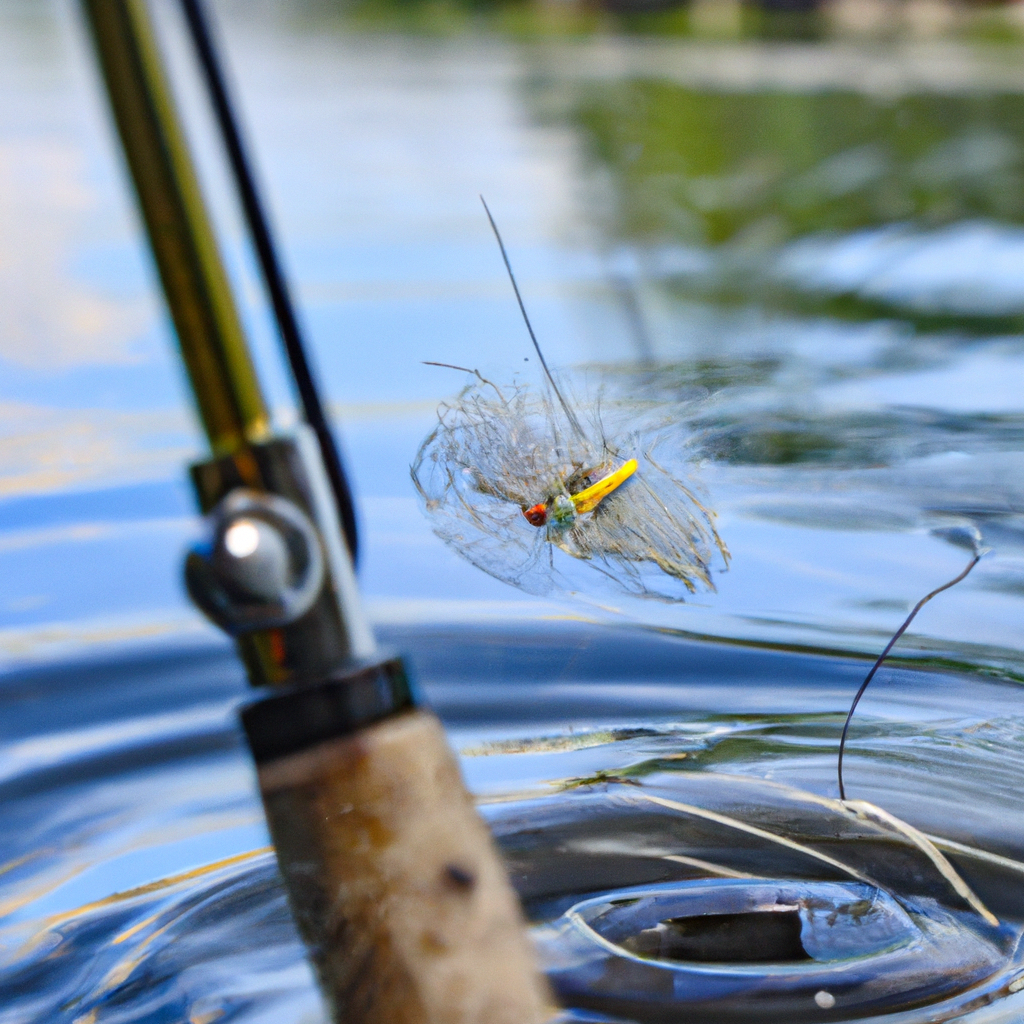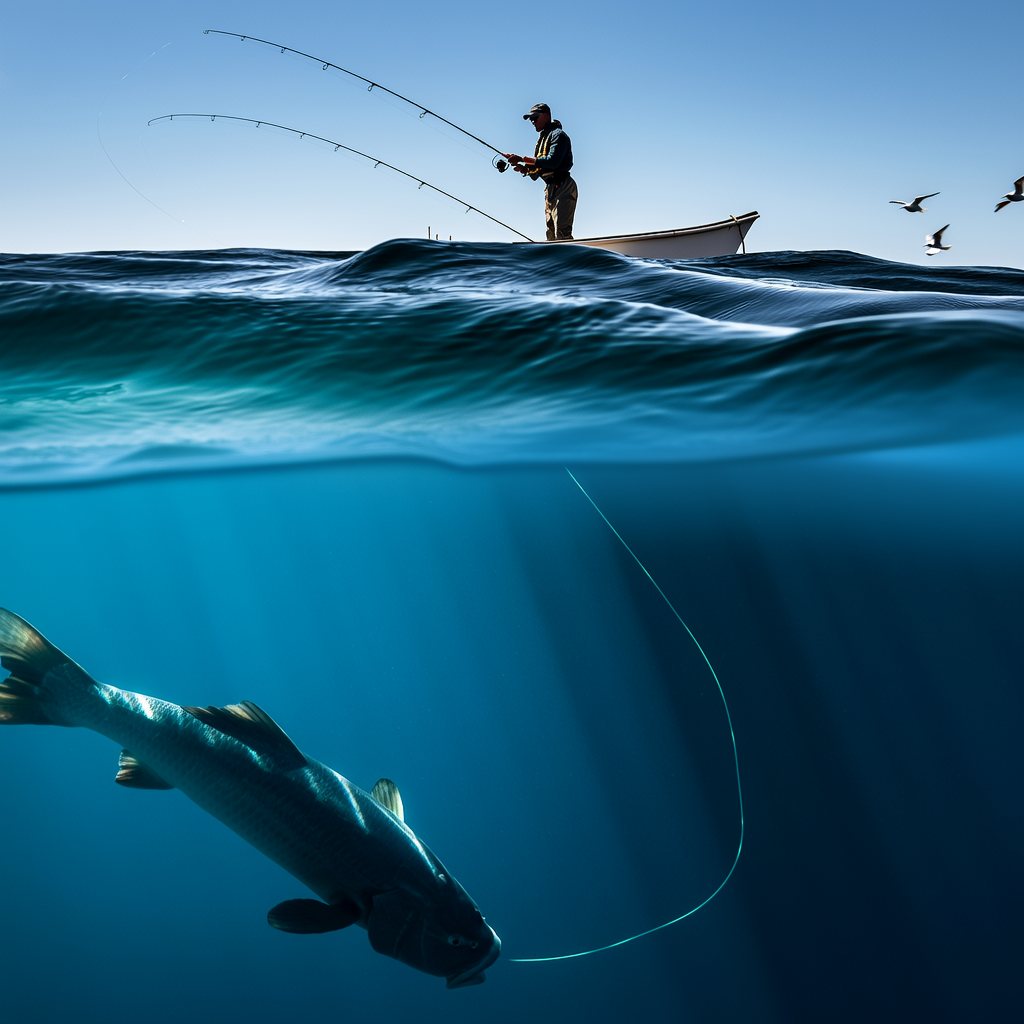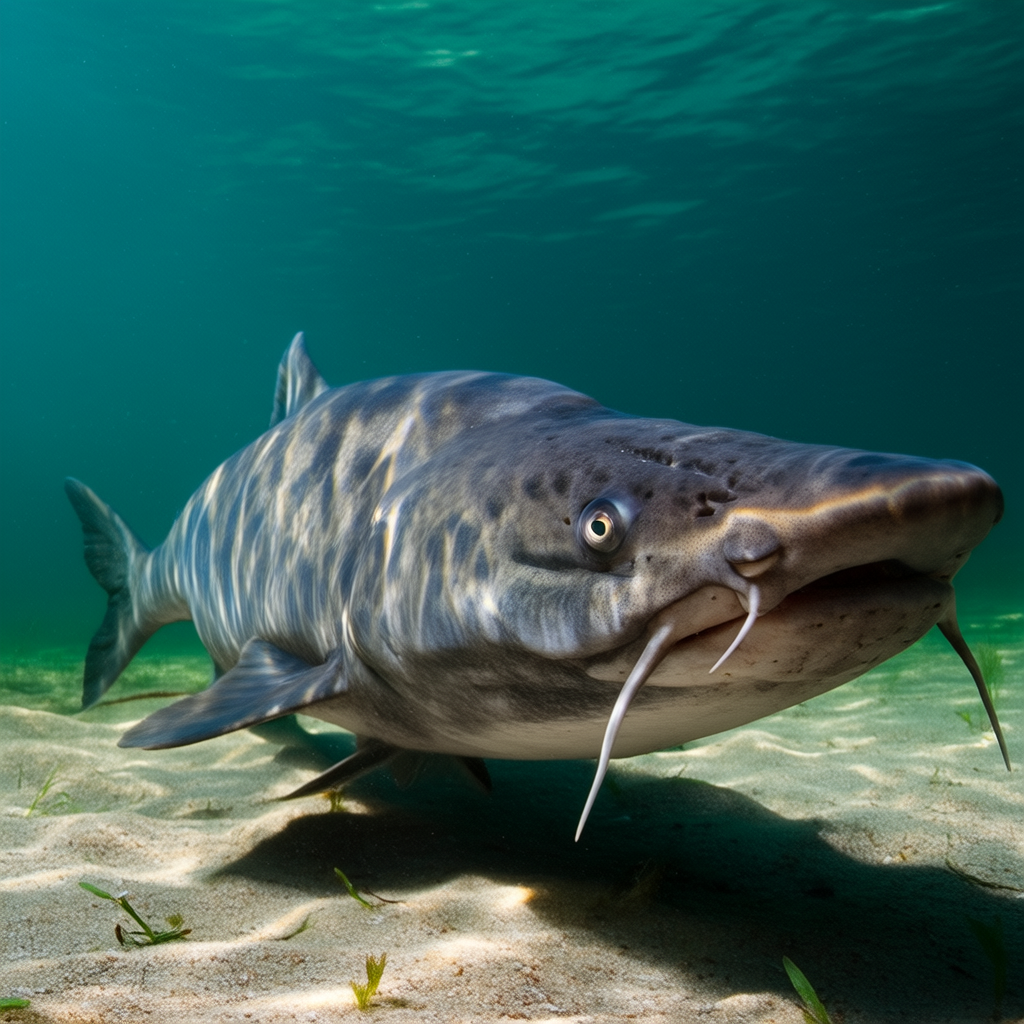Are you looking for a new challenge on your fly fishing adventures in the outdoors? Fly fishing on a lake is a great option. Lakes can present unique challenges and offer opportunities to catch a variety fish species. This guide will provide all the information you need about fly fishing on lakes, from safety and location to gear and techniques.
Gear
First, you need the right gear to fly fish on a lake. This includes a fly rod and reel, line, and fly flies. Consider the size of your lake and the type fish you are targeting when choosing your gear. A longer rod will allow for more reach, while a heavier line allows you to cast larger flies. You should also bring a net, waders and polarized sunglasses.
Techniques
The type of fish you want to fly fish on a lake will determine the techniques you use. If you are targeting trout, for example, you will want to use light, small flies that imitate insects. You will need to use heavier, more durable baitfish patterns if you are after pike or bass. It is important that you match the hatch to each species and use the correct retrieve technique.
Localization
Consider water depth, temperature, structure when choosing a lake to fly fish in. Fish are more active in shallower water, particularly in the morning and evening. Fish love to live in areas with fallen trees, weedbeds, and underwater structures.
Safety
When fishing on a lake, safety should be your top priority. If you fish from a boat, make sure to wear a life jacket. Don’t fish alone. Always let someone know where you are fishing and when you plan on returning. Be aware of potential hazards such as strong currents and underwater obstacles.
Bass Fishing
One of the most popular forms of fly fishing on lakes is bass fishing. Fly anglers can face a challenge from strong fighter bass. Use larger flies to catch bass. Cast your fly close to weed beds or underwater structures, and use slow retrieves with occasional pauses.
Trout fishing
Fishing for trout in a lake can be difficult because these fish can be finicky or easily scared. Use small, lightweight flies to imitate insects like mayflies, midges, and caddisflies. Use a slow, steady retrieve to find areas with rising fish and underwater structures.
Pike Fishing
Fly anglers can enjoy a thrilling fight with aggressive predators like the pike. Large, sturdy flies that imitate baitfish such as streamers and poppers are recommended. Cast your fly close to weed beds or underwater structures and use a fast, aggressive retrieve, with occasional pauses.
Panfish fishing
Fly anglers are often attracted to panfish such as crappie and bluegill on a lake. These fish are often found in shallower waters near weed beds and submerged structures. Use small, lightweight flies to imitate insects and a slow, steady retrieve. You can catch panfish with either dry or wet fly.
Weather
Fly fishing on lakes can be affected by the weather. Fish are more likely to be attracted to cloudy or overcast days. Windy days can be very productive for fishing. It can increase activity in the water and make fly presentation easier. Strong winds can cause dangerous conditions on the water, so be careful.
Time of Day
The time of day can also affect the success of fly fishing on lakes. Fish are most active in the morning and evening when the water temperature is lower and the surface activity is less. Some species, like bass, can be caught all day.
Fishing Etiquette
Good fishing etiquette is essential when fly fishing on a lake. Respect other anglers’ space and don’t interfere with their fishing. Be aware of other boats when you fish from a boat. To minimize harm, always practice catch and release and treat fish with respect.
Fishing Regulations
Before you start fly fishing on a lake, be sure to review the fishing regulations. You may find that some lakes have catch limits, slot limits or closed seasons. To avoid legal penalties or fines, make sure you follow these regulations.
Additional Tips
- To fish deeper waters, use a sinking line and weighted flies.
- To entice fish to bite, you can change the way that you retrieve them.
- Use a slow, steady pace when trolling and vary your depth.
- To detect subtle bites from fish, use a strike indicator.
- It may take some time before you see success on the water. Be patient and persistent.
Fly fishing on a lake is a challenging and unique challenge for anglers of any skill level. You can catch many fish species with the right equipment, techniques, and location. Safety, conservation, and etiquette are all important considerations. Above all, enjoy the experience of fly-fishing on a lake.




